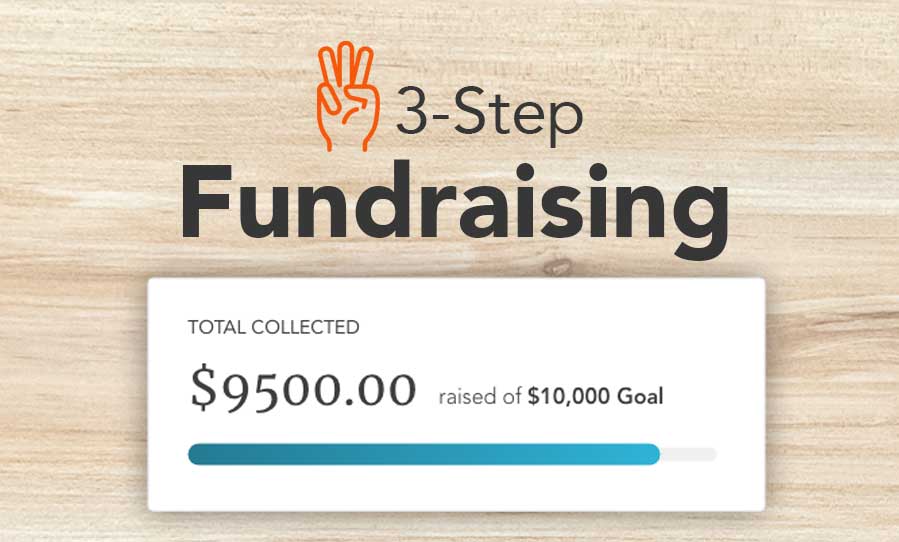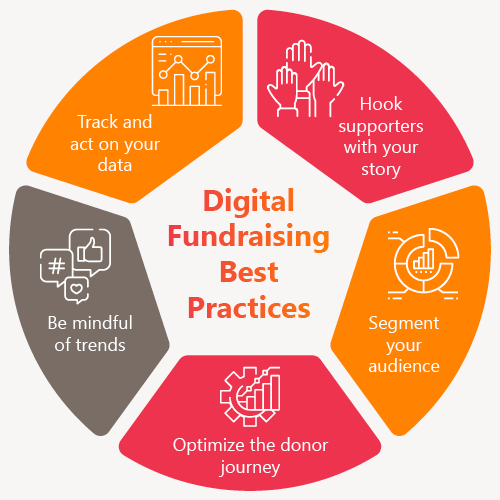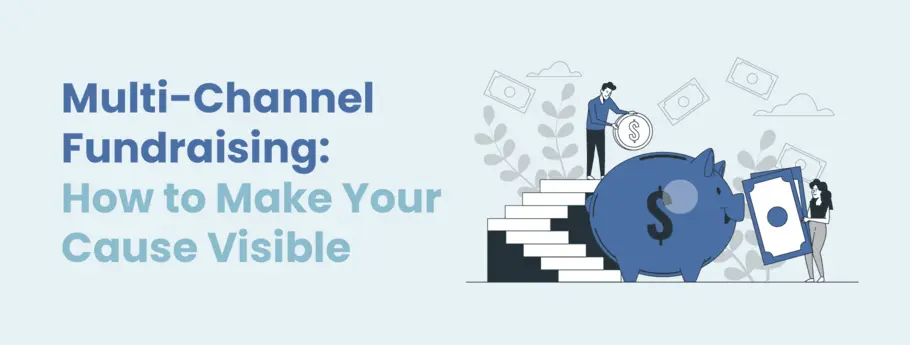The Function of Community Interaction in Nonprofit Fundraising: Building Lasting Relationships for Lasting Assistance
Neighborhood interaction is significantly acknowledged as a crucial part of successful not-for-profit fundraising. By cultivating authentic connections with local stakeholders, companies can cultivate count on and loyalty, which are vital for sustainable support. Nonetheless, the techniques and techniques used to involve areas differ commonly, raising crucial concerns about performance and impact. What are the very best methods for growing these important links, and how can nonprofits gauge their success in this arena? Comprehending these characteristics can significantly influence the future of fundraising efforts and the total objective of nonprofit companies.
Comprehending Neighborhood Involvement
Area engagement is a crucial component of effective nonprofit fundraising efforts. Nonprofits need to determine key stakeholders-- such as community participants, regional companies, and various other organizations-- to produce effective involvement techniques.
Effective community engagement is based on active listening and responsiveness to the demands and passions of the neighborhood. This process includes obtaining feedback, comprehending area characteristics, and ensuring that the company's goal lines up with local top priorities. Engaging the community can take numerous kinds, consisting of public meetings, volunteer possibilities, and partnership efforts, each developed to motivate involvement and financial investment in the organization's objectives.
Moreover, community engagement need to be approached as an ongoing discussion as opposed to a single effort. By fostering a comprehensive atmosphere where community voices are heard and valued, nonprofits can build a strong structure for future fundraising undertakings. Eventually, a deep understanding of neighborhood involvement equips organizations to produce genuine connections that boost their overall efficiency and sustainability.
Advantages of Solid Relationships
Strong relationships created with neighborhood involvement yield numerous benefits for not-for-profit fundraising initiatives. Firstly, these connections foster trust fund and integrity, essential elements in motivating donors to contribute. When prospective supporters see a not-for-profit actively associated with their area, they are more probable to rely on its objective and effect.

In addition, these relationships assist in effective interaction. Nonprofits can utilize their links to share tales of impact, updates, and requires, making sure that advocates continue to be enlightened and involved. This open line of interaction not just strengthens bonds yet likewise encourages referral promotion, expanding the not-for-profit's reach.
Lastly, strong area ties can attract brand-new partners and sponsors. Individuals and businesses are more inclined to line up with companies that show purposeful neighborhood participation, giving additional resources and support that can substantially boost fundraising capabilities. Hence, cultivating durable relationships with area interaction is indispensable to a nonprofit's long-lasting fundraising success.
Techniques for Effective Engagement
How can nonprofits effectively involve their communities to enhance fundraising initiatives? Developing targeted approaches is necessary for cultivating meaningful connections. First, leveraging social media platforms makes it possible for organizations to share their objective dynamically and interactively, reaching a broader audience. Regular updates, engaging content, and calls-to-action can galvanize area passion and involvement.
Second, organizing neighborhood events, such as workshops, volunteer possibilities, or fundraising drives, facilitates face-to-face interaction, allowing nonprofits to showcase their influence and initiatives. These occasions not only increase funds but also cultivate relationships and permit area participants to involve directly with the reason.
Third, carrying out personalized interaction approaches can boost involvement. Customizing messages to particular click here to find out more benefactor sections based on passions and previous payments cultivates a feeling of belonging and financial investment in the organization's mission.
Lastly, creating partnerships with neighborhood companies and area leaders can amplify outreach efforts. Collective efforts can enhance visibility and reputation, demonstrating a collective commitment to the community's health. By integrating these methods, nonprofits can build enduring connections that enhance fundraising efforts and drive sustainable assistance.
Measuring Engagement Success
While involving the neighborhood is crucial for successful not-for-profit fundraising, measuring the efficiency of these involvement initiatives is similarly important. Establishing clear metrics permits organizations to assess just how well they are getting in touch with their audience and attaining their fundraising goals. Secret efficiency indications (KPIs) such as benefactor retention prices, volunteer participation levels, and involvement on social networks systems provide tangible information for examination.

Routinely assessing these metrics allows organizations to pivot their strategies when essential, guaranteeing that community engagement remains aligned with their total mission. Furthermore, sharing these outcomes with stakeholders promotes transparency and constructs depend on, encouraging additional community participation. Eventually, a durable dimension structure not only educates future fundraising campaigns but additionally reinforces the partnership in between the not-for-profit and its fans, preparing for sustainable success.
Study in Neighborhood Influence
Numerous case studies highlight the extensive impact that community engagement can carry not-for-profit fundraising success. One noteworthy instance is the "Food for Idea" effort, where a neighborhood food bank partnered with colleges and services to host community dinners. These events not just increased funds however additionally promoted a sense of belonging among individuals, significantly increasing donor retention rates.
One more compelling instance is the "Environment-friendly Spaces Task," which entailed neighborhood residents in the revitalization of metropolitan parks. This initiative not just garnered financial backing from local companies however additionally cultivated a volunteer base that added to recurring maintenance and programs. The feeling of possession and pride amongst area participants translated right into sustained contributions.
In the realm of arts, the "Art for All" campaign successfully involved local musicians and patrons to produce collaborative art installations, causing raised presence and donations for a local arts not-for-profit.
These instances highlight that when nonprofits prioritize neighborhood participation, they can create lasting partnerships that boost fundraising initiatives, making certain lasting assistance and cultivating a lively neighborhood culture. Such cases show that neighborhood involvement is not just a method but an important column of nonprofit success.
Conclusion
In conclusion, area engagement is integral to the success of nonprofit fundraising initiatives. Eventually, a durable structure of community assistance not only amplifies fundraising potential but likewise cultivates a culture of cooperation, necessary for attaining lasting business goals and maintaining meaningful impact. fundraising consultant.
Nonprofits have to identify key stakeholders-- such as community participants, neighborhood organizations, and various other companies-- to develop efficient interaction methods.

In verdict, area engagement is integral to the success of nonprofit fundraising initiatives.